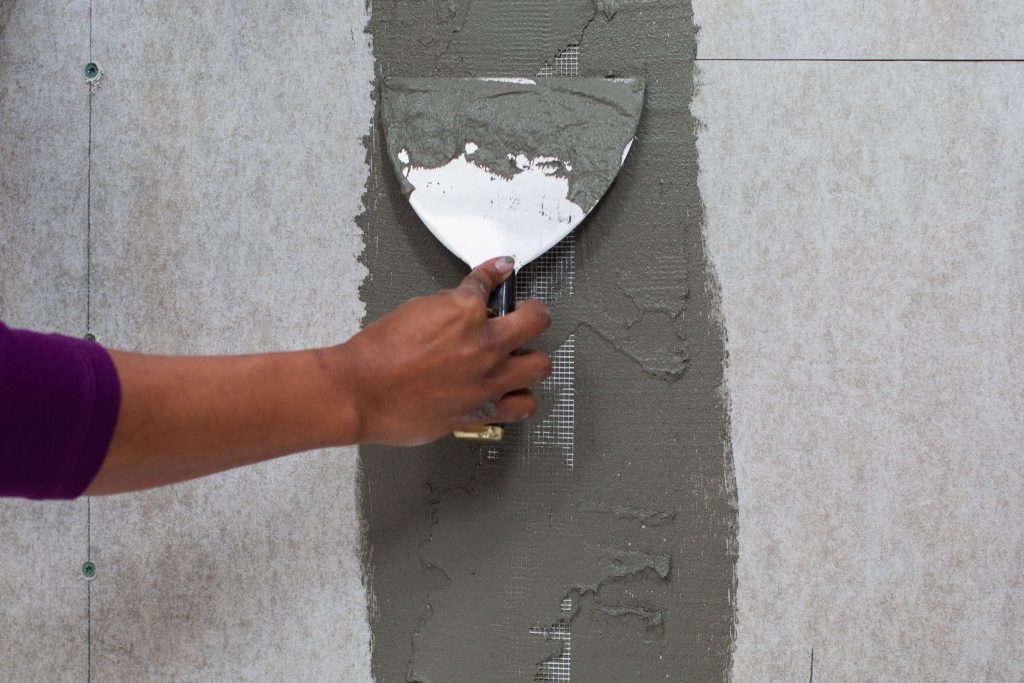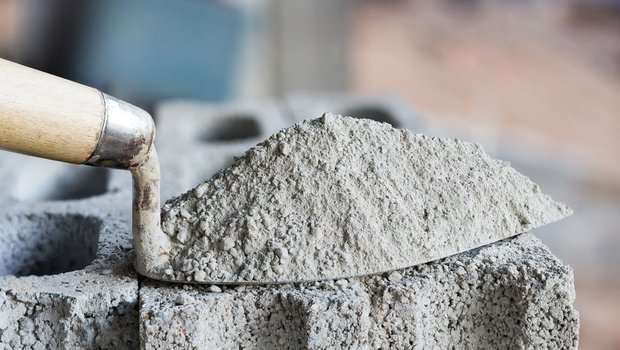Cement Binder: Your Choices Now
One or more components may be assembled into a compact assembly using binders, which are compounds that can join together fragments of one or more materials.

You may call them binder or binder based on how they do their job
In binders, the connection is brought via physical contact. Barro, glue, bitumen, and so forth are all examples of this. – The merging of conglomerates is the outcome of chemical events. Examples of such materials are plaster, lime, and cement. Choosing the cement binder Selangor is perfect there.
Gypsum hardens or sets when mixed with water
It gets its name from the mineral that gives it that property. It is made by drying the mineral to remove most of the moisture, leaving behind a white powder that hardens or sets.
Plaster is often used to cover partitions and ceilings, whereas bricks are commonly used to build internal walls. Painting and wallpapering are a snap with this material’s silky smooth surfaces. It may also be used to manufacture prefabricated pieces like plates, panels, mouldings, and so on, as well as thermal and acoustic insulation.
- For concrete, it is made of a combination of gypsum and limestone, which is then combined with clay and baked in an oven until the mixture hardens and becomes grey. Cement made from Portland stone is the most common.
- Mix the cement powder with water and make it into a thick mixture with your hands. Before it can be combined with other materials, cement must be diluted by about half its weight to get the best combination.
- Agglomerates such as mortars and concrete are frequently made by combining cembal with other materials, such as sand or lime, rather of using it on its own.
Choosing the Right Materials
Materials that become pasty and moldable when mixed with waterfall into this category. These materials solidify quickly and become very hard. With other materials, they serve as a method to bring them together. A drying process known as the setting is used to explain the solidification of binders. The three most often used binders are gesso, lime, and cement.
Gypsum, commonly known as “living plaster,” is a construction material formed from naturally occurring gypsum stones that have been crushed into a fine powder and then heated to eliminate all of the water. Fire-resistant gypsum may corrode iron and steel when exposed to high temperatures.
When limestone and clay are combined, they are crushed and burnt at temperatures of 1250 degrees Celsius to form cement, which is then mixed with water.
When mixing cement, a little amount of plaster is added to slow down the setting process. At this point, the mixture is finely ground until it no longer resembles a paste.
Cement comes in many varieties, but Portland-type cement are the strongest and most widely utilized
When using cement, it should only be used with water, and it should not be combined with other materials, such as repairing pipelines or filling cracks. However, mortar is the most common use for it (a mixture of cement, sand and water).
Conclusion
It’s a kind of lime that possesses hydraulic qualities. Hydraulic lime With the addition of roughly 5% clay, this kind of lime has the ability to harden in humid settings or even fresh water. For interior and outdoor applications, it is the most popular paint (facades, walls, etc.).

